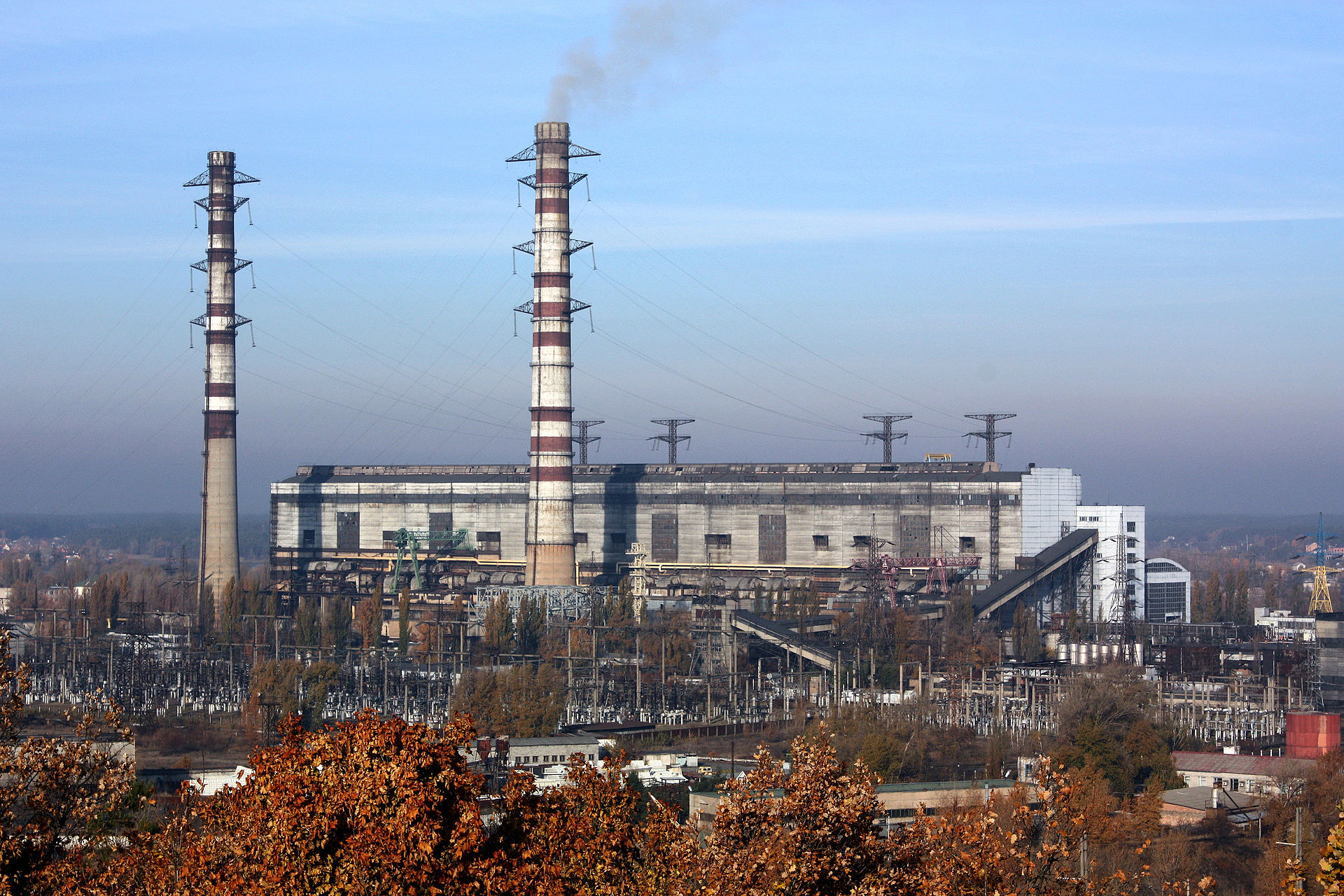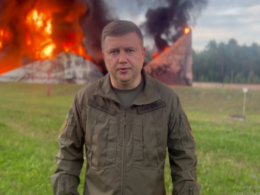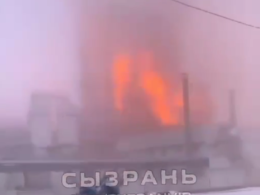In a devastating blow to Ukraine's energy infrastructure, Russians have completely destroyed the Trypilska Thermal Power Plant in the Kyiv oblast. This attack resulted in Centrenergo, a major electric and thermal energy-producing company in Ukraine, losing 100% of its power generation capacity.
Russian attacks on Ukrainian energy infrastructure led to substantial disruptions in electricity and heat supply in some Ukrainian territories, while Ukrainian President Volodymyr Zelenskyy highlighted the need for 25 Patriot systems to ensure complete air defense coverage.
"The scale of the destruction is terrible. It cannot be measured in money. This is the biggest challenge for us in the entire history of the enterprise. But I am convinced that we will cope with it," said Andriy Gota, Chairman of Centrenergo's Supervisory Board.
The attack caused a large-scale fire in the plant's turbine shop, prompting ongoing efforts to localize the blaze. All the employees on shift during the shelling survived the attack, according to Centrenergo.
Spree of missile strikes
Russian forces launched more than 40 missiles and around 40 strike drones on 11 April. Ukrainian air defense units intercepted and eliminated 57 of these targets, with reports indicating Lviv Oblast as the primary focus of the Russian offensive. In Kharkiv, a Russian strike on an energy infrastructure site resulted in 200,000 customers losing electricity.
Commenting on the recent attack, Ukrainian President Volodymyr Zelenskyy emphasized that Ukraine's European neighbors and international partners are acutely aware of the country's pressing need for effective air defense systems. He stressed that this critical moment offers a vital opportunity for the global community to showcase its united front against terrorism by supporting Ukraine's efforts to counter Russian terror.
"Air defense and other defensive support are needed, not turning a blind eye and long discussions," Zelenskyy said.
Previous Russian attacks on Ukrainian energy infrastructure
While Russia explicitly bombed Ukraine’s power system in the winter of 2022-2023, leading to widespread distress amid the cold, it conducted relatively few attacks during this year’s winter season.
However, the Russian energy obliteration came back with a new vengeance in the spring of 2024, wreaking damage that is expected to be much more severe.
It started on 22 March 2024, when Russia launched more than 60 Shahed kamikaze drones and almost 90 missiles on Ukraine's energy infrastructure using a combination of drones, ballistic missiles, and cruise missiles. The strikes targeted power plants, energy supply lines, and other critical infrastructure across multiple regions. The attack caused widespread power outages, water supply disruptions, and damage to residential buildings, resulting in casualties and injuries. This strike was followed by targeted attacks on Ukraine’s power grid on 29 March, 9 April, and today, 11 April.
This spree of strikes on the power grid is reminiscent of the attacks on Ukraine's energy infrastructure during the previous winter, with the apparent goal of causing large-scale disruptions to Ukraine’s energy system.
The DTEK Group, Ukraine’s largest electricity producer,
has estimated the cost of repairing thermal power plants damaged by two major Russian attacks in March 2024 at $230 million, primarily for purchasing transformers.
This amount is significantly higher than the $126 million spent on repairs after the previous winter's attacks in 2022, which targeted the power grid more than production facilities. The March 2024 attacks caused DTEK to lose 80% of its generation capacity.
Related:





